The automotive industry, celebrated for driving technological advancements and global economic growth, has long been associated with environmental challenges. In an era when the need for environmental sustainability is paramount, initiatives like the SUNRISE project are redefining car recycling and material repurposing.
How does your car’s glass become clothes, carpets, or tableware? Let’s embark on a journey to find out.
From End-Of-Life to New Life
When a vehicle reaches the end of its life, it becomes an end-of-life vehicle (ELV), and proper disposal is essential to prevent environmental harm. Scrapping involves taking the car to an Authorized Treatment Facility (ATF), where hazardous fluids are drained, and components are dismantled. Obtaining a Certificate of Destruction (CoD) is a legal requirement, absolving the owner from further responsibilities. This process ensures that ELVs, rich in recyclable materials, contribute to reducing the need for virgin resources and minimizing the environmental impact of automotive manufacturing.
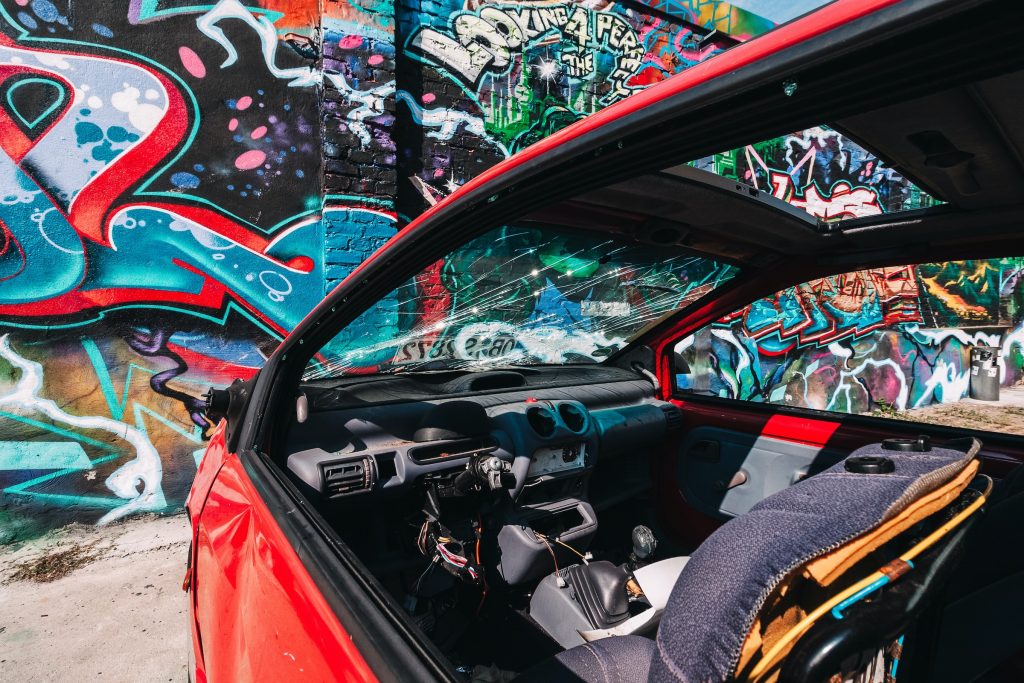
Photo by Alistair MacRobert on Unsplash
Registration Transfer
Car registration transfer is a process that allows the owner to move their vehicle’s registration number (license plate) from one vehicle to another. While this may seem unrelated to recycling, it’s a crucial step in ensuring that no valuable materials or parts go to waste during the scrapping process.
What happens when a scrapped car is recycled
Recycling is a meticulously planned process involving extracting valuable components for repurposing. The SUNRISE project introduces an innovative approach to ensure car recycling is sustainable, eco-friendly, and environmentally responsible.
It is here that creativity joins technological innovation.
The goal for end-of-life vehicles is to achieve a 95% recovery and 85% recycling rate based on average weight. It includes recycling various car components such as the metal body, seats’ fabric, batteries, and, in particular, glass and plastic from the car windshields.
The new life of glass and plastics parts
In recycling, a vacuum separates plastics and glass, directing them toward recycling facilities. Advanced technology now allows the grinding down of safety glass, paving the way for its reuse.
SUNRISE and similar projects actively contribute to these processes, giving glass a new life as ornaments, tableware, or tiles, and transforming plastic parts into clothes, carpets, garden furniture, bins, and plumbing pipes.

Photo by piotr szulawski on Unsplash
Want to learn more?
If you’re curious to learn more, SUNRISE just held a webinar about how recycled PVB from cars is transformed into textiles and carpets. Two partners of the project, Next Technology Tecnotessile and Radici have shared their insights and expertise.

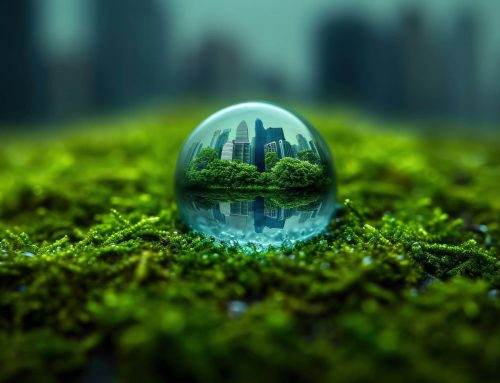
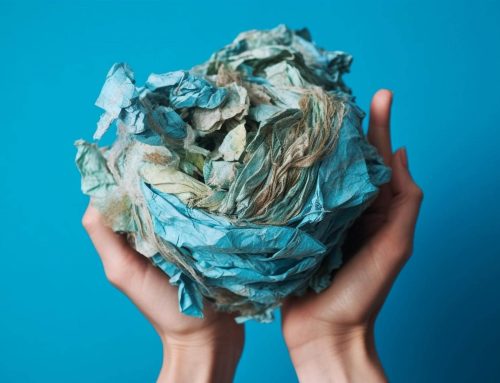
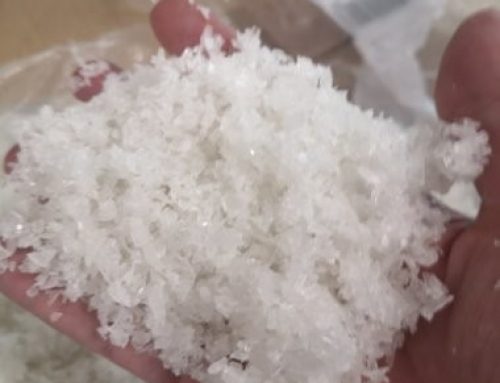
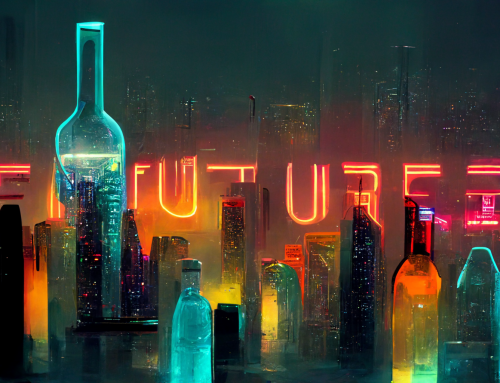
Leave A Comment